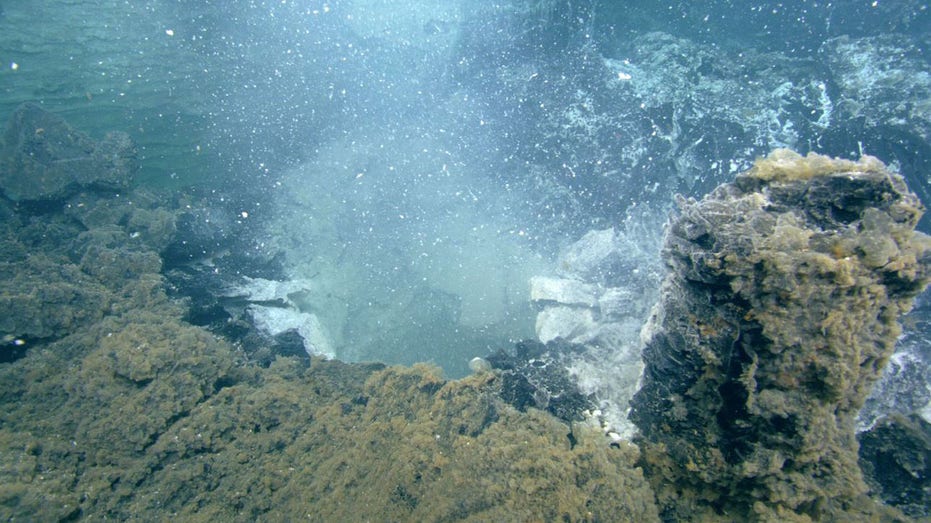Scientists Warn of Imminent Underwater Volcano Eruption 300 Miles Off Oregon Coast
Axial Seamount 300 miles off Oregon shows signs of eruption but experts assure it won't impact land or trigger earthquakes.

An underwater volcano located deep beneath the Pacific Ocean, roughly 300 miles off the Oregon coast, is exhibiting signs of an imminent eruption, scientists report. The volcano, known as Axial Seamount, last erupted in 2015 and now appears poised for another event by the end of this year.
Axial Seamount sits more than 4,900 feet below the ocean surface and is recognized by geologists as a "hot spot"—a region where plumes of molten mantle material rise and create long chains of volcanoes as tectonic plates move overhead. According to the University of Washington's College of the Environment, these mid-ocean ridge eruptions are responsible for forming over two-thirds of Earth's surface.
"Axial Seamount is a direct result of these fundamental processes that continue to shape our planet today," said Maya Tolstoy, marine geophysicist and dean of the College of the Environment.
Despite its activity, scientists emphasize that there is no danger posed to people on land. The volcano's remote location and substantial depth mean that any eruption would not be noticeable to residents along the Pacific Northwest coast and would not trigger earthquakes or tsunamis on land.
- Axial Seamount: 4,900 feet underwater, 300 miles offshore
- Last Eruption: 2015
- Potential Risks: None to coastal communities
The first indication of an impending eruption will likely be a dramatic spike in earthquakes around the volcano itself. Deborah Kelley, a University of Washington oceanography professor, notes, "We’re seeing 200 to 300 earthquakes per day, with some spikes around 1,000 per day due to the tides. If what we learned in 2015 is correct, I would expect to see more than 2,000 per day for a few months before the eruption."
These seismic events are triggered as magma moves towards the surface, eventually culminating in the eruption. William Wilcock, also a professor at UW, explains that the final approach of the magma lasts for about an hour, followed by lava flows that can extend across the volcano's caldera and fissures up to 25 miles away. While the initial burst of seismicity fades quickly, the eruptive phase is expected to continue slowly for several weeks.
For now, researchers are continuing to monitor Axial Seamount closely, using advanced seafloor instruments and seismic sensors. While eruptions at such depths occur far from public view, they remain vital clues for understanding the ongoing geological processes shaping Earth’s ocean floors.




